Invest
How a cartel is dictating how much you pay at the pump
Talks among members of the OPEC cartel and allied oil producing countries have broken down, which is leading to skyrocketing oil prices, meaning everyone pays more for petrol, a government body has revealed.
How a cartel is dictating how much you pay at the pump
Talks among members of the OPEC cartel and allied oil producing countries have broken down, which is leading to skyrocketing oil prices, meaning everyone pays more for petrol, a government body has revealed.

According to the ACCC latest petrol monitoring report off the back of international OPEC cartels, the average retail price for petrol across Sydney, Melbourne, Brisbane, Adelaide and Perth was 133.4 cents per litre (cpl) in March, an increase of 12.0 cpl from the December quarter 2020.
Aussies living in Adelaide experienced the largest increase at 18.0 cpl and Brisbane the smallest at 9.6 cpl.
“What we are experiencing in Australia is a flow-on effect of higher international crude oil and refined petrol prices,” ACCC chair Rod Sims said.
Mr Sims acknowledged that the OPEC cartel controls a huge amount of global oil supply. Its agreements to restrict supply means higher crude oil prices which largely influence refined petrol prices.
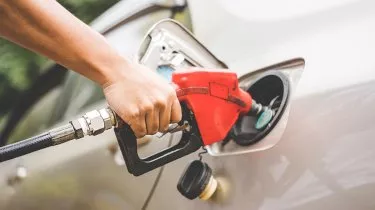
“The higher price of Mogas 95, the benchmark for refined regular unleaded petrol in the Asia-Pacific region, means we are paying more for petrol at the bowser,” Mr Sims said.
What is causing the soaring prices?
According to reports, Saudi Arabia has gone against its long-term ally in the oil trade Abu Dhabi, resulting in a fight that will shape up the price of oil over the next year.
The United Arab Emirates on Friday blocked an OPEC+ deal, with cartel leaders Russia and Saudi Arabia responding by increasing outputs and demanding better terms for themselves.
After two days of negotiations, and with the UAE the only holdout, ministers halted the discussions until Monday, leaving markets in limbo as oil continued its inflationary surge above US$75 a barrel.
Despite diplomatic talks continuing, the standoff appeared to continue on Sunday, with the UAE reiterating its demands.
Abu Dhabi is forcing its allies into a difficult position: accept its requests, or risk unraveling the OPEC+ alliance.
Should Abu Dhabi leave the OPEC+ trade agreement, it would almost certainly trigger a price war.
However, it could also be a bluff to show each country they are willing to accept short-term pain for a better pricing deal.
Demand for petrol remained below pre-pandemic levels
However, in positive news for motorists, the ACCC reports Aussies are still demanding less fuel as prices continue to rise.
According to the governing body, the March quarter 2021 remained below pre-pandemic levels, with petrol sales volumes across Australia declining slightly between the December 2020 and March 2021 quarters.
“In the second half of 2020, national petrol sales partially recovered when some COVID-19 restrictions were eased. However, lockdowns in Brisbane, Perth, Melbourne and parts of Sydney, and floods in New South Wales and Queensland, contributed to sales declining slightly in the March quarter 2021,” Mr Sims said.
Retailers aren’t cashing in
Despite rising fuel costs at the bowser, the ACCC was quick to highlight that the average gross indicative retail differences in the five largest cities fell slightly for the second consecutive quarter. However, they still remain relatively high. In the March quarter, they were 15.8 cpl, a decrease of 1.6 cpl from the previous quarter.
Gross indicative retail differences are the difference between retail prices and terminal gate (or wholesale) prices, and are a broad indicator of gross retail margins. As they include retail operating costs, they should not be interpreted as actual retail profits.
Lower petrol demand from the effects of COVID-19 likely contributed to the high gross indicative retail differences in 2020, and this may have continued in the March quarter.
“There are some fixed costs involved in petrol retailing and businesses may have been setting retail prices higher than they otherwise would to offset lower sales volumes,” Mr Sims concluded.
About the author

About the author

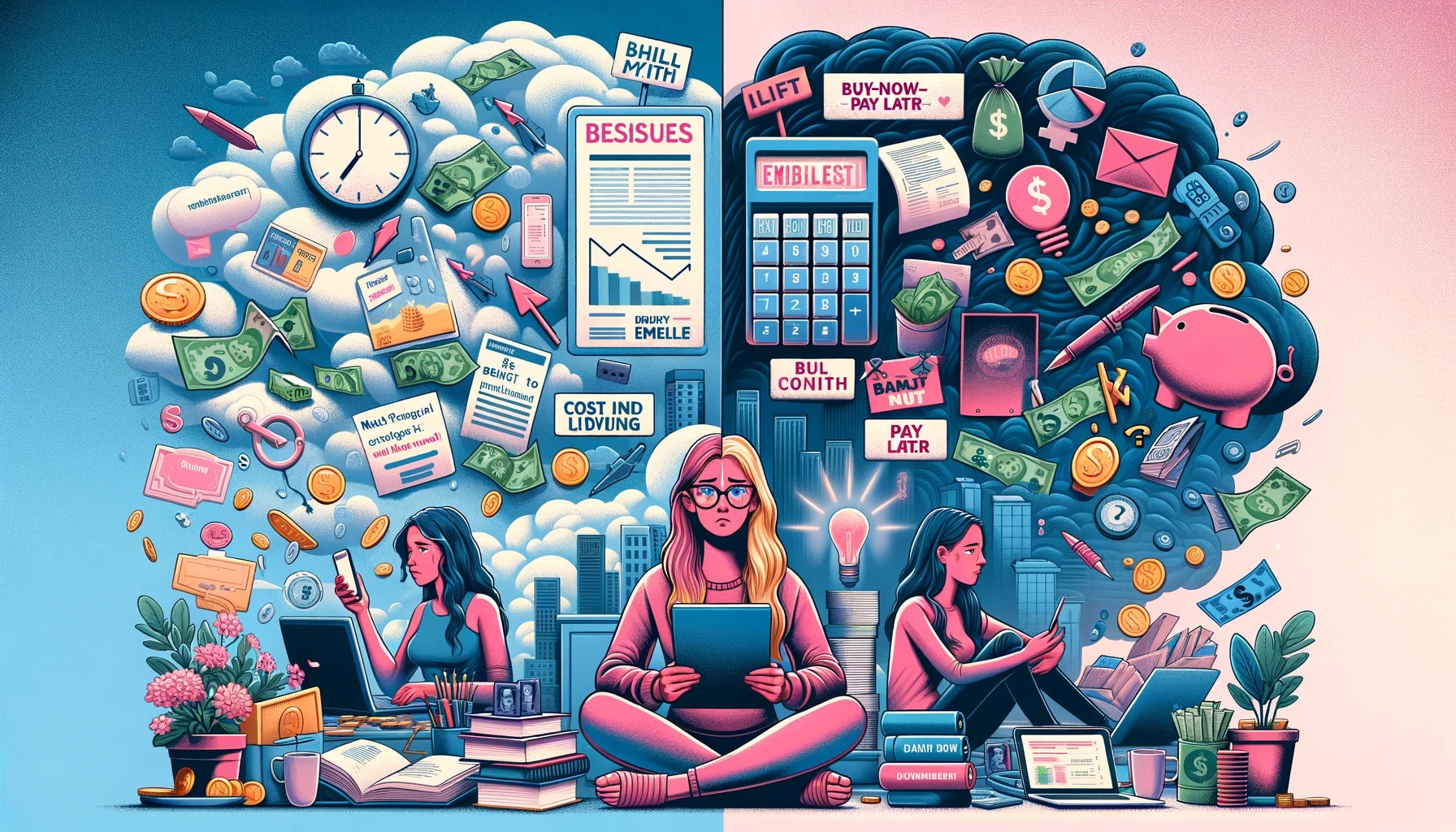
Spending
Moneysmart study reveals Gen Z women more concerned about finances than men
A new research conducted by ASIC’s Moneysmart has unveiled the heightened levels of stress and concern regarding finances and the cost of living among Australian Gen Z women compared to their male ...Read more

Spending
The cost of politeness: Aussies out of pocket by $1,350 due to 'awkward tax'
It's the time of year when Australians dive into their pockets for festive events and gatherings, yet a recent study by PayPal suggests that many are too polite, or perhaps too embarrassed, to ask for ...Read more
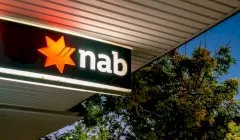
Spending
Aussies can ‘NAB Now Pay Later’ with the last major bank to embrace BNPL
NAB has become the latest bank to enter the BNPL market. Read more
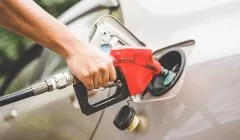
Spending
Aussie households spent $368 a week on transport after petrol price surge
Fuel costs have increased by 40 per cent over the past year, a new report from the Australian Automobile Association has revealed. Read more

Spending
Voters say reducing the cost of living should be the government’s top priority
Aussies have ranked high cost of living as the top issue that needs to be addressed by the next government. Read more

Spending
Bodies back Labor’s commitment to stronger BNPL regulation
All parties should commit to stronger regulations for the BNPL sector, according to Financial Counselling Australia. Read more

Spending
Household spending surges led by retail and recreation
Spending on retail, recreation and hospitality have continued to climb as COVID-19 case numbers and restrictions have eased. Read more
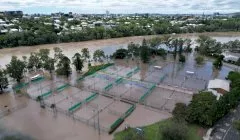
Spending
Banks extend financial assistance to flood-affected customers
A range of assistance is available from major banks to those impacted by flooding in NSW and Queensland. Read more

Spending
Moneysmart study reveals Gen Z women more concerned about finances than men
A new research conducted by ASIC’s Moneysmart has unveiled the heightened levels of stress and concern regarding finances and the cost of living among Australian Gen Z women compared to their male ...Read more

Spending
The cost of politeness: Aussies out of pocket by $1,350 due to 'awkward tax'
It's the time of year when Australians dive into their pockets for festive events and gatherings, yet a recent study by PayPal suggests that many are too polite, or perhaps too embarrassed, to ask for ...Read more

Spending
Aussies can ‘NAB Now Pay Later’ with the last major bank to embrace BNPL
NAB has become the latest bank to enter the BNPL market. Read more

Spending
Aussie households spent $368 a week on transport after petrol price surge
Fuel costs have increased by 40 per cent over the past year, a new report from the Australian Automobile Association has revealed. Read more

Spending
Voters say reducing the cost of living should be the government’s top priority
Aussies have ranked high cost of living as the top issue that needs to be addressed by the next government. Read more

Spending
Bodies back Labor’s commitment to stronger BNPL regulation
All parties should commit to stronger regulations for the BNPL sector, according to Financial Counselling Australia. Read more

Spending
Household spending surges led by retail and recreation
Spending on retail, recreation and hospitality have continued to climb as COVID-19 case numbers and restrictions have eased. Read more

Spending
Banks extend financial assistance to flood-affected customers
A range of assistance is available from major banks to those impacted by flooding in NSW and Queensland. Read more









